Entry Category: Museums and Historic Sites - Starting with E
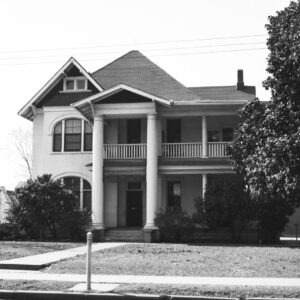 E. O. Manees Home
E. O. Manees Home
Eaker Site
 Eaker Site
Eaker Site
East Hamilton Avenue Historic District
Ed Knight House
Eddie Mae Herron Center & Museum
aka: St. Mary’s AME Church (Pocahontas)
aka: Pocahontas Colored School
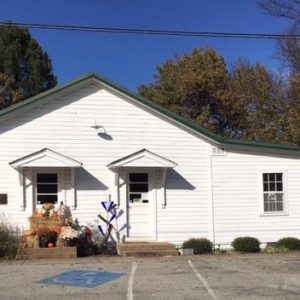 Eddie Mae Herron Center & Museum
Eddie Mae Herron Center & Museum
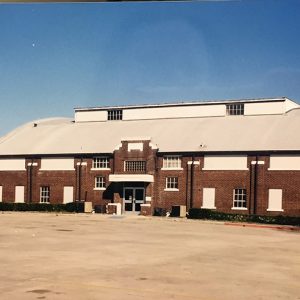 El Dorado High School Gym
El Dorado High School Gym
El Dorado High School Gym
 Elevation Model
Elevation Model
Elkhorn Tavern
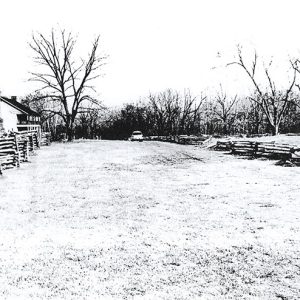 Elkhorn Tavern on the Springfield to Fayetteville Road
Elkhorn Tavern on the Springfield to Fayetteville Road
Elliott House
 Elliott House
Elliott House
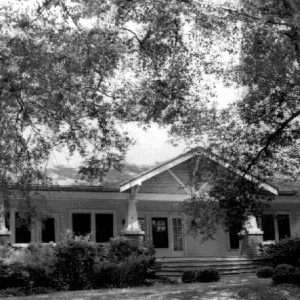 Elliott House
Elliott House
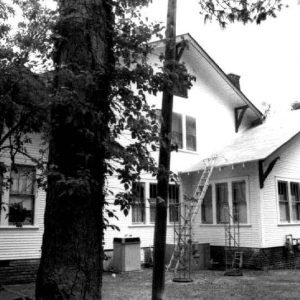 Elliott House Rear View
Elliott House Rear View
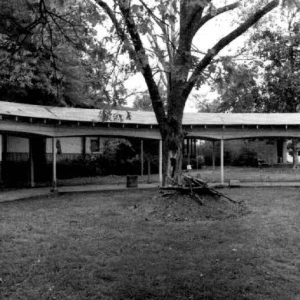 Elliott House Walkway
Elliott House Walkway
Ellis and Charlotte Williamson House
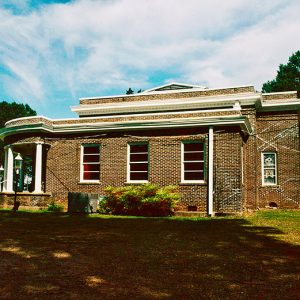 Emmet United Methodist Church
Emmet United Methodist Church
Emmet United Methodist Church
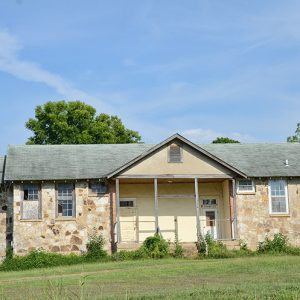 Eros School Building
Eros School Building
Eros School Building
Esse Purse Museum
Estes-Williams American Legion Hut 61
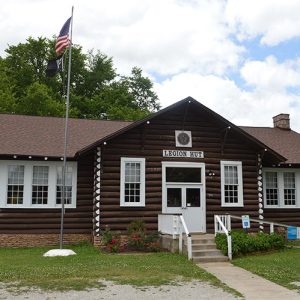 Estes-Williams American Legion Hut 61
Estes-Williams American Legion Hut 61
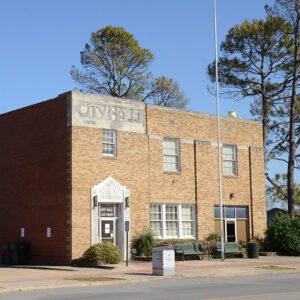 Eudora City Hall
Eudora City Hall
Eureka Springs Historical Museum
Everton School
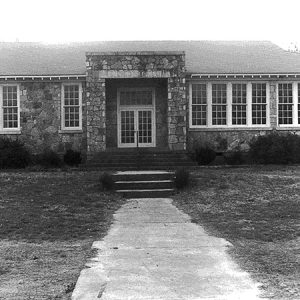 Everton School
Everton School
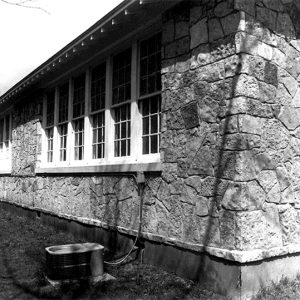 Everton School Detail
Everton School Detail




